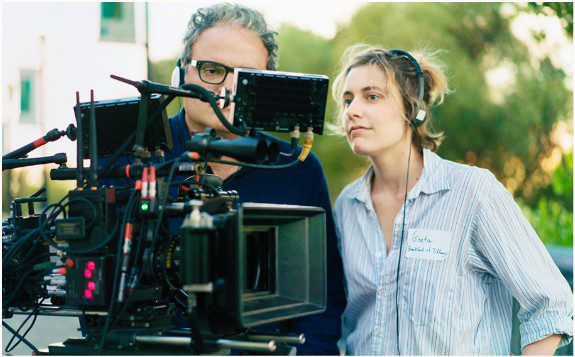The Art of Film Direction

A Filmmaker’s Perspective
Film direction is often described as the art of translating words into visuals, but it’s so much more than that. It’s about creating a world, breathing life into characters, and guiding an audience through an emotional journey. As a filmmaker, I’ve come to see direction as a delicate dance between technical precision and creative intuition. It’s not just about knowing where to place the camera or how to block a scene—it’s about understanding the soul of the story you’re telling.
Visual Storytelling: Painting with Light and Motion
At its core, filmmaking is visual storytelling. A director’s first job is to decide how to convey the narrative through images. Think of the opening sequence of The Social Network—Fincher uses tight framing, rapid dialogue, and a cold, muted palette to instantly communicate tension and ambition. Every shot serves a purpose, and every detail contributes to the story.
When I approach a scene, I ask myself: What’s the emotional core of this moment? Is it about isolation? Joy? Betrayal? Once I’ve identified that, I think about how to visually amplify it. For example, wide shots can emphasize loneliness, while close-ups can draw the audience into a character’s inner turmoil. Lighting, color, and composition are your tools—use them to evoke the right mood.

Working with Actors: Building Trust and Collaboration
One of the most rewarding aspects of directing is working with actors. They are the heart of your film, and your job is to help them deliver authentic performances. This starts with trust. I always make it a point to create a safe space where actors feel comfortable exploring their characters.
A great example of this is Greta Gerwig’s work on Lady Bird. She allowed Saoirse Ronan and Laurie Metcalf to improvise during their emotionally charged scenes, which added layers of authenticity to their mother-daughter dynamic. As a director, you need to know when to guide and when to step back. Sometimes, the best performances come from letting actors take ownership of their roles.
Camera Techniques: The Language of Cinema
The camera is your narrator. How you move it, where you place it, and what you choose to focus on can completely change how a story is perceived. Take Alfonso Cuarón’s Children of Men—the long, unbroken takes immerse the audience in the chaos of the world, making them feel like they’re part of the action.
I often experiment with camera movement to enhance the storytelling. A tracking shot can create a sense of urgency, while a static frame might evoke stillness or tension. The key is to align your technique with the emotional beats of the scene. Don’t use a fancy shot just because it looks cool; use it because it serves the story.
Bringing the Script to Life: The Director’s Vision
A script is a blueprint, but it’s the director’s job to turn it into a living, breathing film. This involves making countless decisions—big and small. What’s the tone? What’s the pacing? How do the scenes flow together?
One of my favorite examples of this is Denis Villeneuve’s Arrival. The script was strong, but it was Villeneuve’s vision—his use of silence, his haunting visuals, and his deliberate pacing—that elevated it into a masterpiece. As a director, you need to have a clear vision but remain flexible enough to adapt when challenges arise.
Practical Advice for Aspiring Filmmakers
If you’re just starting out, here are a few tips I’ve learned along the way:
Study the Greats: Watch films by directors like Spielberg, Scorsese, and Wong Kar-wai. Analyze their choices and think about why they work.
Start Small: You don’t need a big budget to tell a compelling story. Focus on characters and emotions—they’re what truly resonate with audiences.
Collaborate: Filmmaking is a team effort. Surround yourself with people who inspire you and challenge you to be better.
Trust Your Instincts: There’s no “right” way to direct a film. Trust your gut and stay true to your vision.
Final Thoughts
Film direction is a deeply personal and endlessly fascinating craft. It’s about finding the balance between control and spontaneity, between technical skill and emotional depth. Every film is a new adventure, a new opportunity to explore the human experience. And as a director, you have the privilege of guiding that journey—not just for your cast and crew, but for your audience as well.
So, if you’re passionate about cinema, don’t wait for the perfect moment to start. Grab a camera, gather a team, and tell the story only you can tell. After all, that’s what filmmaking is all about.